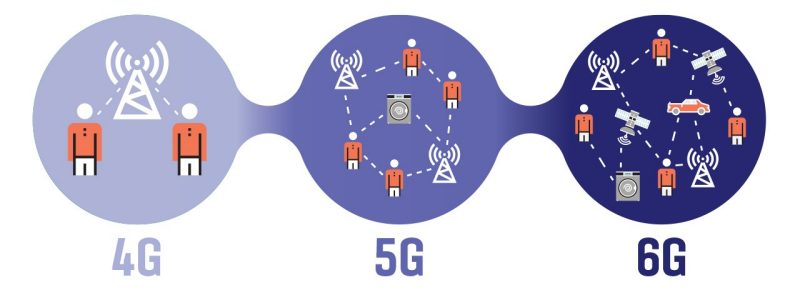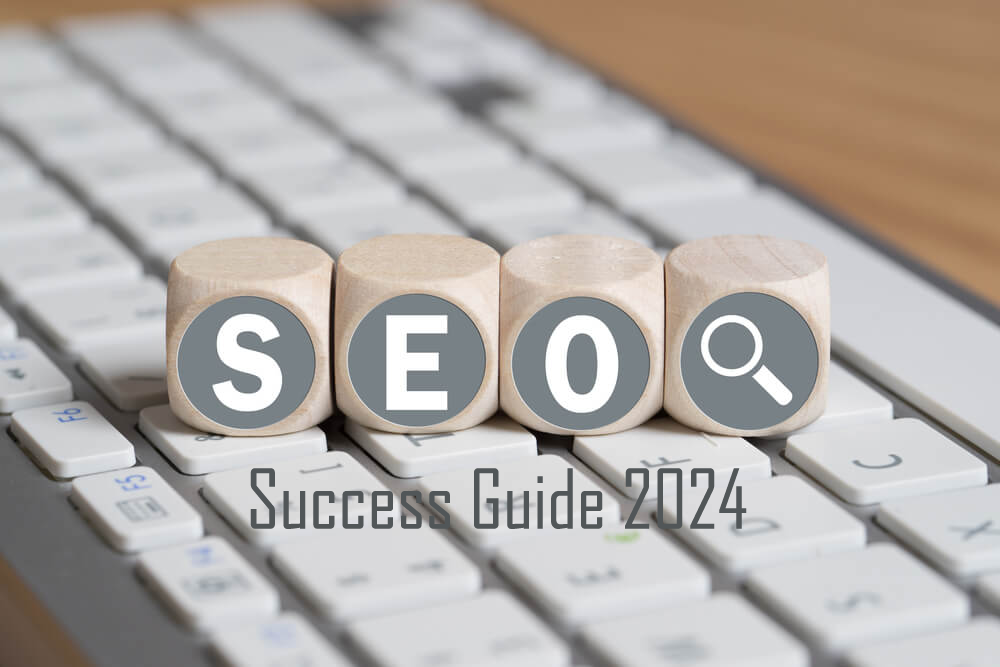Table of Contents
Introduction
With expanded global connectivity, 6G telecommunications have become more prominent than ever. Generations of wireless cellular (or G) technology have grown every 10 years: 1G by 1990, 2G in 1990, 3G in 2000, 4G in 2010, and 5G in 2020. We expect 6G to be launched in 2030.When G is represented over time, the amount of data increases exponentially and thus the need for newer technical platforms increases. Technologists call it a pun for frequency spectrum expansion or wider use
“In the development of the 6G platform, technologists anticipate a win-win scenario as various technologies converge and complement each other, creating a pun for frequency spectrum expansion or wider use.”
Ubiquitous high-speed communications
These include the Internet of Everything (IoE), artificial intelligence (AI), advanced intelligence for cybersecurity, edge computing, next-generation satellites and the metaverse. The power of data, ubiquitous high-speed communications and computing combined in a meaningful way will further transform everything we do and the way we live and work.Technological progress is now faster than ever, but social impacts often lag behind.The 17 Sustainable Development Goals of the UN adopted in September 2015 included goals for industry, infrastructure, innovation, energy, education and partnership.
Sustainable Development Goals
The SDGs are expected to be met by 2030, when 6G is expected to debut.Before the announcement of the Sustainable Development Goals, Jeffrey D. Sachs – as Special Adviser to the UN Secretary General – proposed an integrated vision for sustainable development in April 2015. An integrated approach would promote “a holistic view of systems analysis where we must understand how natural, technological and socio-political systems interact,” Sachs said.Large development projects (eg 6G) require a holistic approach.
Artificial intelligence expected thanks to 6G
A recent example to illustrate the point was the introduction of 5G in 2020. This required the installation of cell phone towers or masts. Because community members did not understand the benefits of the facilities or were not sufficiently consulted, several towers were not replaced. Some were even set on fire. With the rapid development of artificial intelligence expected thanks to 6G, the fear of the technology and what it can and cannot do is still being debated in many parts of the world.
Establish a global forum for 6G policy development

What should be done?Creating a global forum for 6G policy development. I am reminded of the African proverb “If you want to go fast, go alone. If you want to go far, go together.” In other words, for the comprehensive approach described above, we recommend a partnership of international experts from different disciplines. The United Nations launched a new technology strategy and developed a cooperation plan. The strategy provides a thought process that could be deployed for 6G – both internationally and domestically.At the same time, training and development of the workforce must be promoted and 6G opportunities must be included. A multidisciplinary approach is needed to understand and assess the social impacts of 6G.
Inclusive of 6G possibilities
Incorporating the UN’s Sustainable Development Goals into educational programs could be an effective way to develop an appropriate mindset. For example, the University of Johannesburg has made the SDG and Artificial Intelligence course compulsory for all students. Their education benefits the public and private sectors.Universities are important enablers of education and other organizations can help. IEEE Learning Network is one of the providers of continuing education.As inclusion and diversity are key factors in innovation, it should be on everyone’s agenda and priority. Forums designed for this diversity should have participants from the private sector. The private sector is a disruptor that can and will change technological paradigms. Another important aspect is gender and generational diversity.
Conclusion
Considering the time of 2030 for 6G, it is important to have the generations most affected by the technology in space.Make sure the audience understands beforehand. It is important to weigh the pros and cons of technology and recognize that it has unintended consequences. A visible public debate is emerging about the trade-off between job creation and automation. As with previous industrial or technological revolutions, jobs are expected to be created, and some will produce smart, sustainable solutions.We must learn from the past and adapt to what the future holds. IEEE has done extensive work on Ethically Adapted Design, which provides good guidance on how social values can be incorporated into the development of modern technology through technology..













